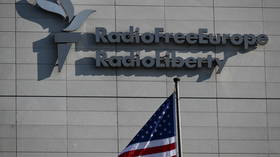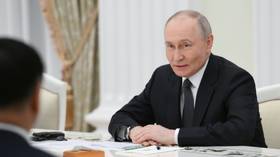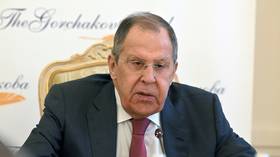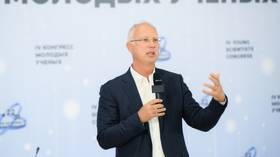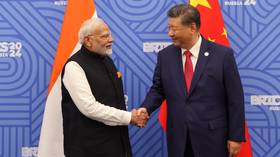Economic gap between BRICS and G7 to grow – Moscow
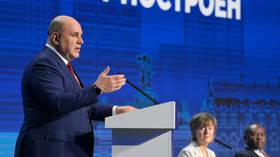
The share of the BRICS countries in global GDP, as measured by purchasing power parity (PPP), will continue to grow thanks to new members, and will reach around 38% by 2028, according to Russian Prime Minister Mikhail Mishustin.
Addressing the international export forum ‘Made in Russia’ on Monday, Mishustin said that the share of ‘friendly’ countries in Russia’s foreign trade turnover is constantly growing and this could also facilitate the rapid growth of the BRICS group as a whole.
“This corresponds to objective changes in the global economy, first of all the growing importance of BRICS,” Mishustin said, noting that the G7 will continue declining in prominence.
According to data from the IMF, the share of the G7 in global GDP in terms of PPP has been on a steady decline over the past several years, dropping from 50.42% in 1982 to 30.39% in 2022. The Washington-based institution expects the figure to edge lower to 29.44% this year.
PPP is a metric popular with many economists that compares economic productivity and standards of living between countries by adjusting for the differences in the cost of goods and services.
Russian Finance Minister Anton Siluanov said last week that the BRICS countries are “the engine of global economic growth.” He pointed out that the average annual growth rate of the group’s economies is expected to outperform that of the G7.
BRICS was originally founded in 2006 by Brazil, Russia, India, and China, with South Africa joining in 2011. This year, four more countries – Egypt, Iran, Ethiopia, and the United Arab Emirates – officially became members. Saudi Arabia has also been invited to join the group and participates in BRICS meetings, but has not taken up full membership. More than 30 nations, including NATO member Türkiye, have applied to join.
Russia will host the group’s annual summit later this month. The members are slated to approve a new status within the group – that of a BRICS partner country.




